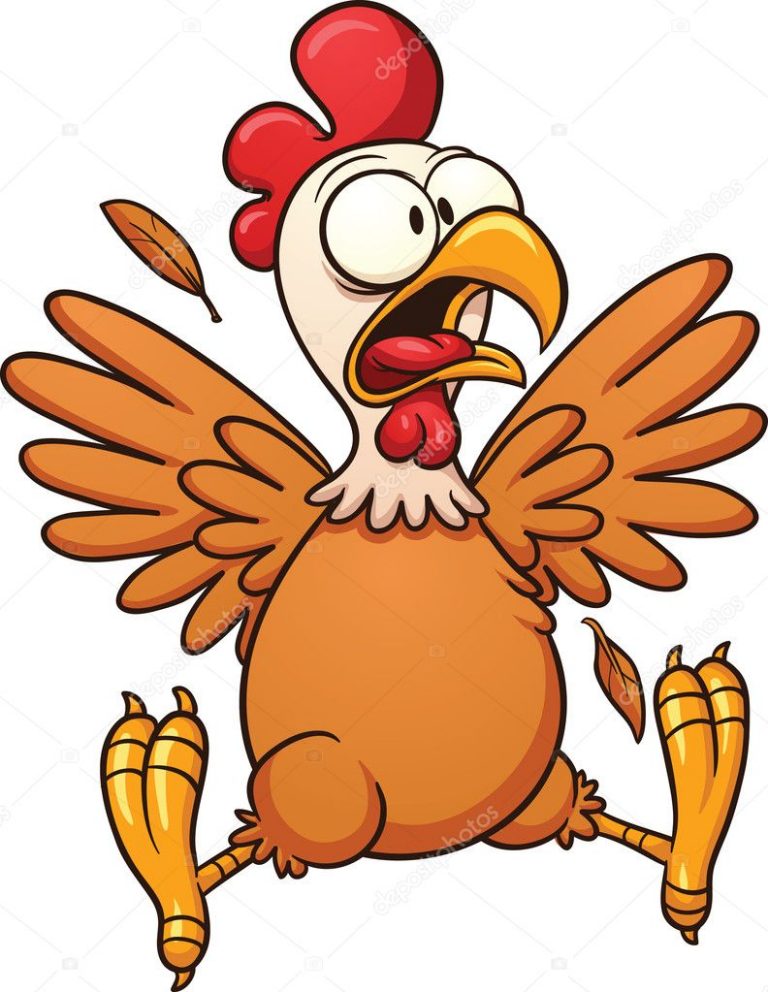
Years ago, I was at a shooting competition overseas and I took the opportunity to speak with one of the German shooters at the event to talk about a tendency I had to hold onto shots for too long. This top-ranked shooter called this ‘chicken-finger’ and told me to believe in myself and to “not be chicken” about pulling the trigger, but to “be decisive” on the shot. Implementing this approach brought me a lot of success.
The same issue can apply in many circumstances at bridge. Often we are presented with the opportunity to win an event or to beat a more highly fancied pair or team, and instead of taking advantage of these opportunities we retreat in timidity. We become too ‘chicken’ to make the bid or play that will bring success and we fail to take advantage of the situations presented to us.
While a conservative approach won’t cause one to lose, it is rare that a pair or team will enjoy victory if they don’t take advantage of these types of opportunities when they are presented to them during the match.
Take this hand played in a Swiss Pairs event where my partner and I were in a position to move forward in the field. It is unlikely my partner would have been quite so audacious at Matchpoint Pairs, where going plus on every board is the key to success. However, here he used the information gained from our bidding to push on boldly to the slightly optimistic game in clubs:
Dealer: EAST
Vulnerable: ALL
♠ Q10874
♥ K103
♦ 98
♣ J95
♠ 932
♥ 65
♦ 1074
♣ AK764
♠ A
♥ AQ42
♦ AJ65
♣ Q1082
♠ KJ65
♥ J987
♦ KQ32
♣ 3
Frazer
1♣¹
2♦³
3♣5
West
Pass
Pass
Pass
Ebery
1♦²
2♠4
5♣
East
Pass
Pass
Pass
All Pass
1 – Polish Club – 0+C 11+ HCP
2 – 0-10
3 – Any 4441 15-18
4 – Correctable
5 – Singleton Spade
When dummy came down it looked like 5♣ was going to be a lot of work. On the lead of the seven of spades from West I won with the Ace and proceeded by crossing to the ♣A and playing a heart to my Q which lost to West’s King. I ruffed the spade continuation in hand and cashed A♥, heart ruff, spade ruff and cashed Q♣ leaving this position:
♠ Q10
♥
♦ 98
♣ J
♠
♥
♦ 1074
♣ K7
♠
♥ 4
♦ AJ65
♣
♠ K
♥ J
♦ KQ3
♣
So far East had discarded one diamond & followed suit on both hearts and spades and it seemed likely their shape was either 3451, 4441 or 4351 (which I discounted since West had shown up with 5 spades and if West also had 4 hearts they might have led their singleton diamond at trick 1 hoping for a ruff). If East had started with 3451 then I could ruff my last heart cash a club and play a low diamond to South’s Jack. However, if the shape was 4441, then the line to success required me to exit a diamond towards dummy’s 10 (the J♦ will also work), playing East for KQx, and winning the return, drawing the last trump & setting up a
finessing position after re-gaining the lead in dummy. I decided the shape must be 4441 since if East had started with only 3 spades, West would have started with 6 spades to the KQ10 and would most likely have taken action over the 1♣ opening.
To take advantage of these opportunities where you have boldly pushed on to game or even a challenging
part-score, declarer must have clear thinking and good focus. Dwelling on the optimistic view taken by partner when dummy appears does little to help bring the contract home. Instead focus your thoughts on how to make the contract, what line you plan to take and the continuations. Being able to maintain focus and use all your powers of deduction and reasoning to make game on a difficult hand is a big boost to your confidence and will assist with taking a decisive approach for the remainder of the match and beyond.
© First Published Australian Bridge: June 2021